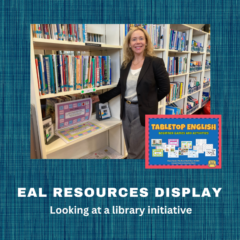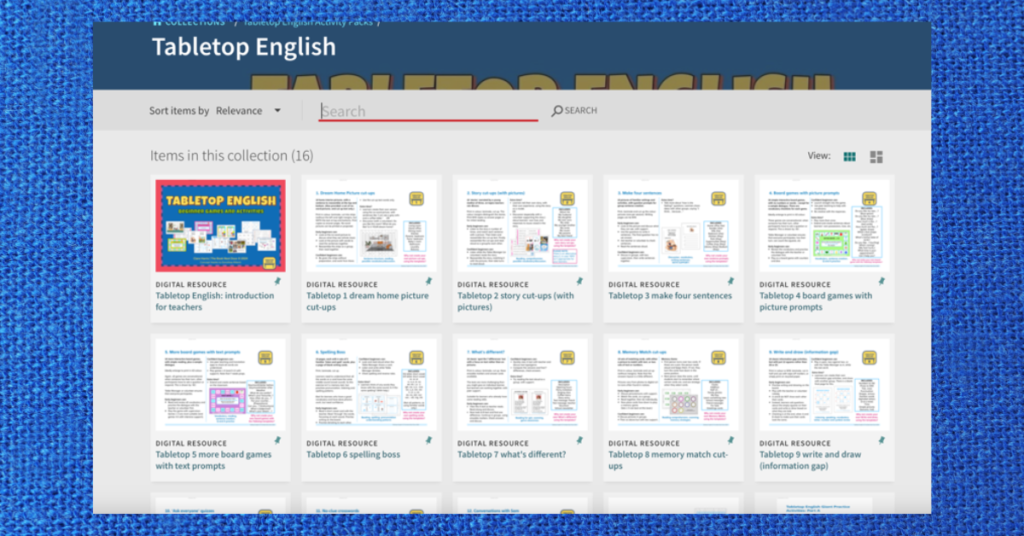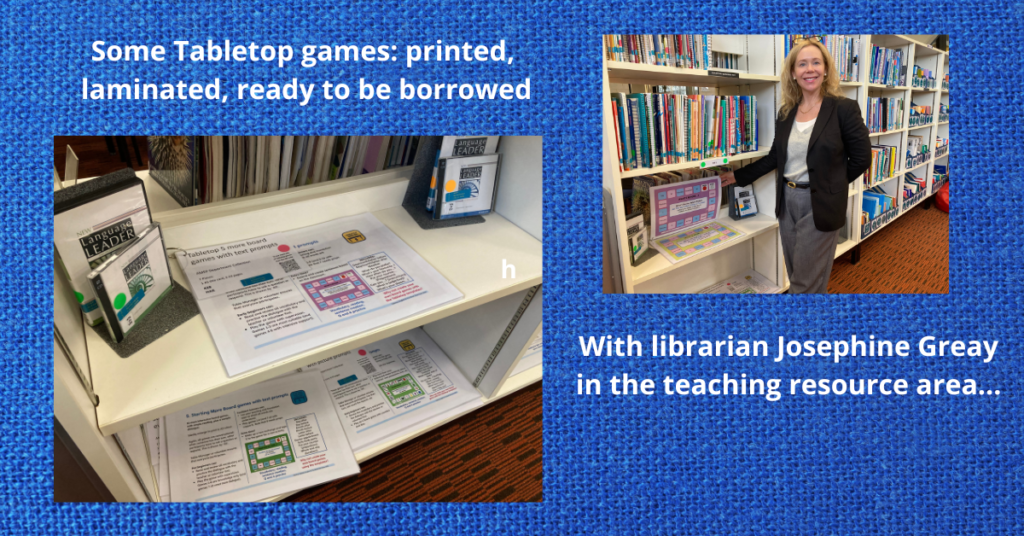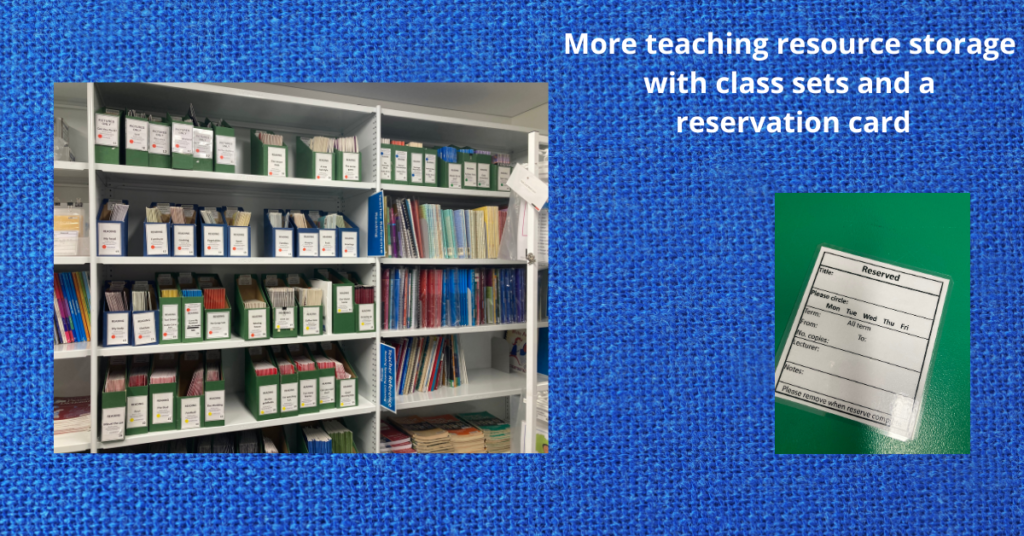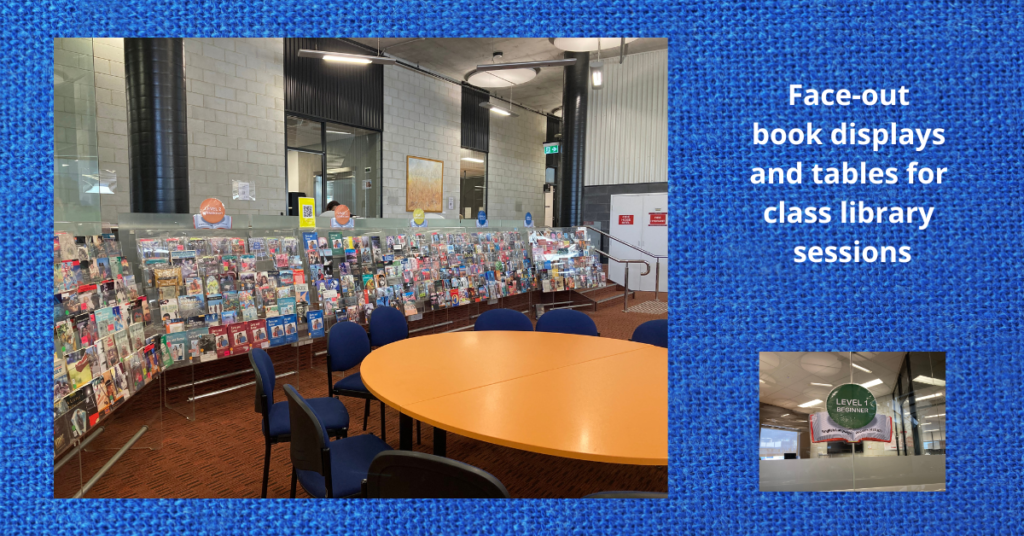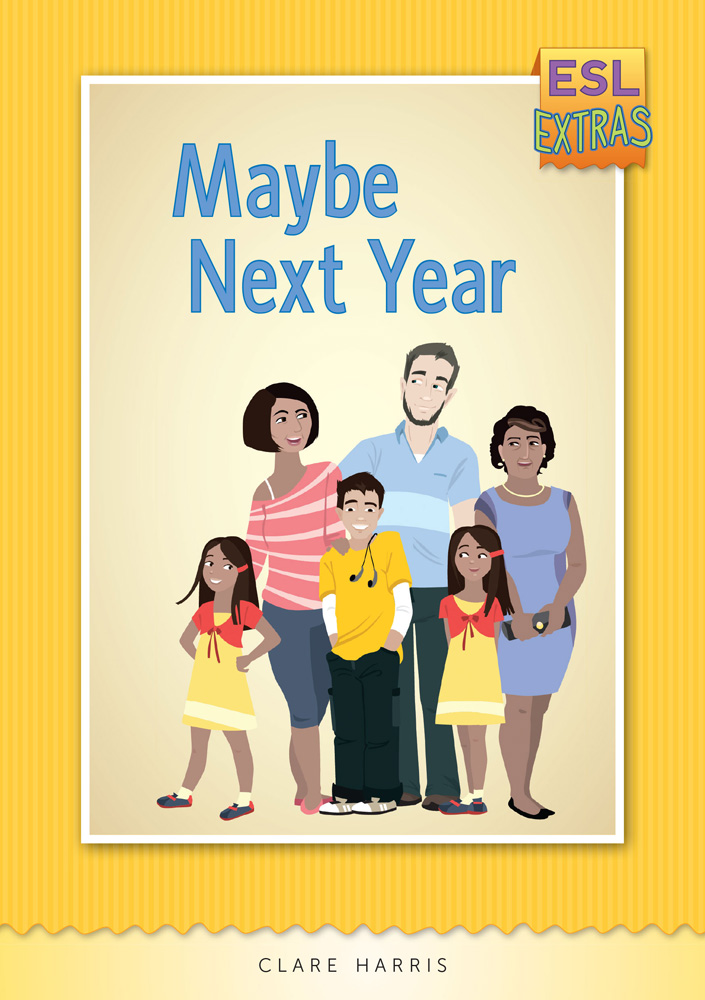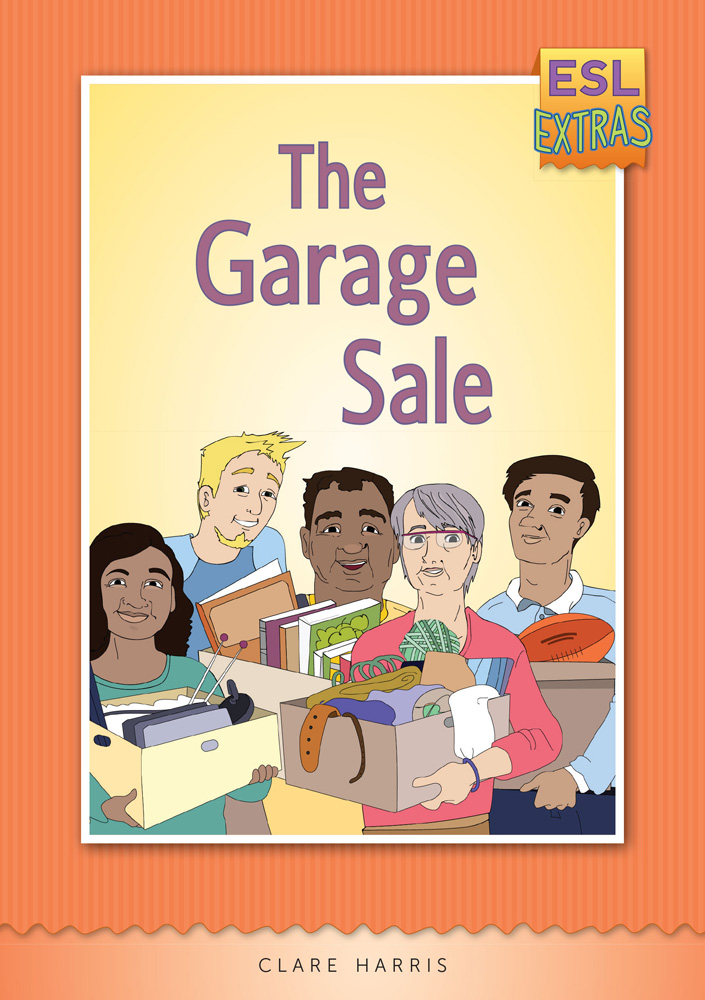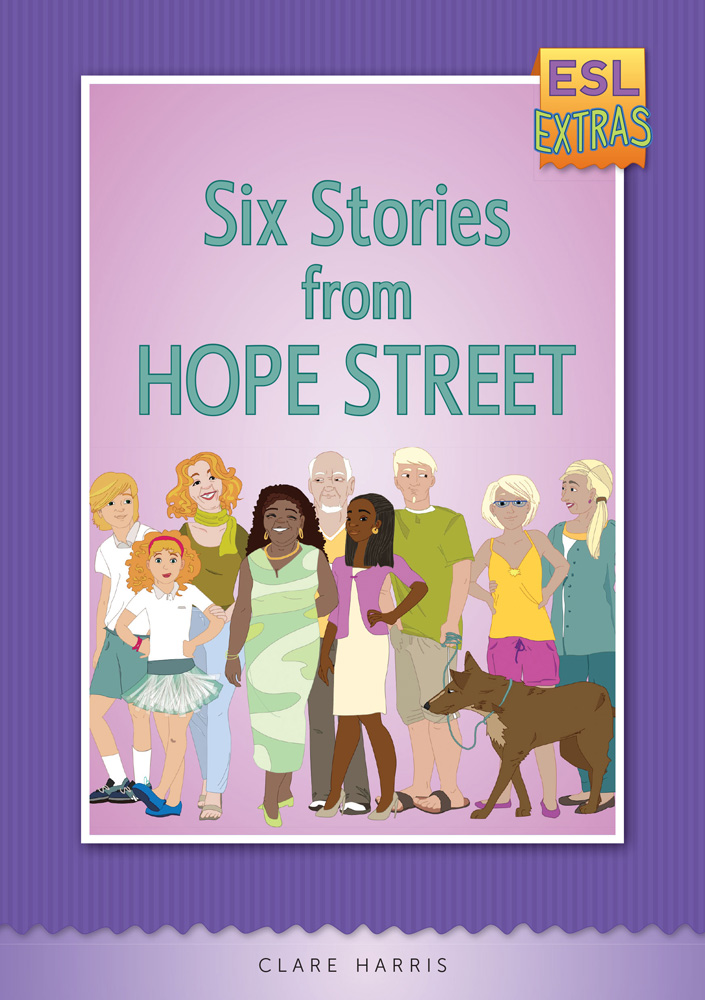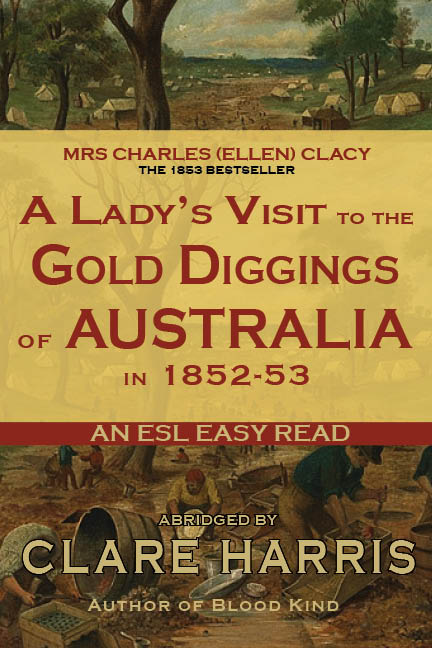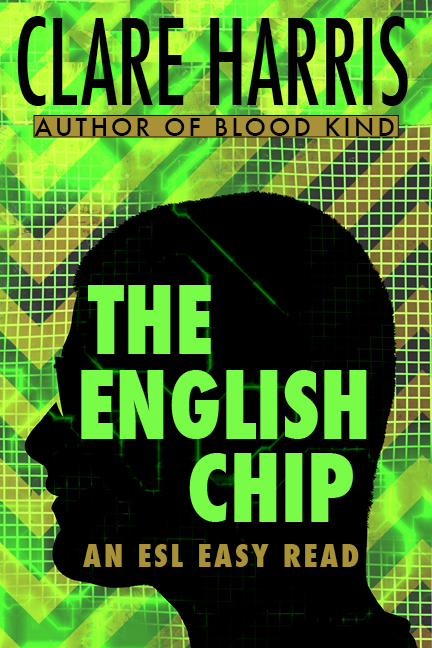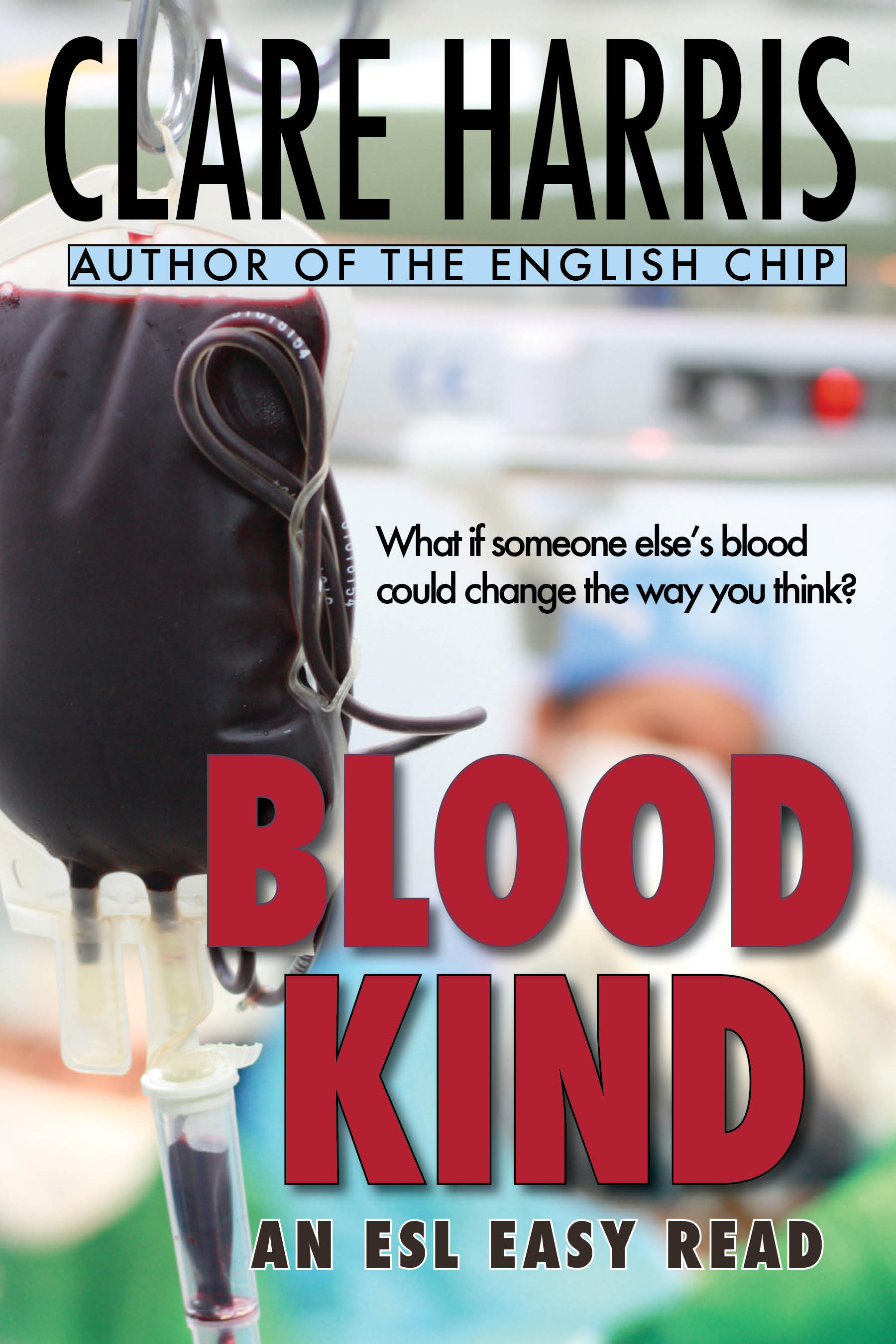When I created Tabletop English (a set of printable games and activities), I assumed that teachers would browse through and print out what they needed, as they needed it.
Which is fine, but what about a centre or a college with multiple lecturers? How can they make sure there’s not an excess of printing, or that communal copies don’t disappear on someone’s desk? And how does the college let staff know what’s available, short of printing out a complete black and white set (something I’ve done for myself!) or offering a shared list to scroll through…like this:
This is a genuine question – and as you can see above, my solutions were pretty low-tech. So I was delighted to find out what has been happening in the North Metropolitan TAFE libraries, here in Perth.
Of course it’s a delight for an author to see their work so well presented, but I actually wanted to share this because it’s so nicely done, and might be helpful for other organisations.
So first, a big shout-out to the NMTAFE library staff (already hugely involved in supporting multilingual learners) because this has been a big project for them.
Showcasing what’s available for EAL – a visual approach!
First let’s look at the library website and how it showcases resources so you can actually see what’s available… here are the front pages of each set of Tabletop activities! So much nicer than a simple menu.
(This isn’t as clear as I’d like, but you can access the actual NMTAFE site here. (You can click through and see the displays, but only college staff who are logged in can see the resources in detail.)
Lecturers can locate an activity and print it, or ask the library if they can put it on a priority list for creation as a shared resource. (Obviously there are budget limits, and collection development policies, so it’s an ongoing project.)
Hard copy resources for teaching staff to borrow
I talked to librarian Josephine Greay about the service the library offers, and about her perspective that having new resources in a ready to use format has proven to be a successful implementation strategy.
The library now prints, laminates, cuts up, labels and displays Tabletop resources in preparation for lecturers to borrow (for a week) and use in class.
Each month, a new Tabletop resource becomes available, and the library keeps the lecturers up to date. This is a bonus for busy teaching staff – and also for new staff who might not know about all the resources available, until they see them on display.
The value of visible copies of resources
I asked Josephine about the library role, and her perspective was that visible copies of resources give inspiration:
Accessibility really is the key to any resources. There’s been much more interest in this [Tabletop] resource since we made it available in a ready to use hard copy format.
This is very much about the role of the library:
Remember, our role isn’t ‘guarding resources’ but sharing resources, enticing teachers to try out and use new resources.
This applies to all college areas.
This isn’t just for EAL resources – we do the same thing in the trades or other areas. We might be making them some flash cards too, for example, that lecturers can borrow and use.
Support for staff with catalogued class sets
The library is a one-stop shop for lecturers as well as learners: EAL teaching resources are all catalogued and stored through the college libraries.
Encouraging learners to visit the library
What about learners? I’m always interested in the situation with reading books, where display makes such a difference for new learners of English. The NMTAFE libraries have very welcoming EAL areas, with new transparent book display units, so that every reading book is visible. (They’re all stickered to show their levels.) Interestingly, these display units are very sturdy, in no way as light as they look…
There are gathering areas for classes to come and borrow reading books, then sit and read, which are actually in constant use. (I visited later in the afternoon, so that I could get a moment with library staff, plus take some pictures without needing permission slips.) It was a great example of library support of the EAL learning experience.
So thank you, Josephine – and Helga and Zena and all the library staff at NMTAFE. You’ve created some wonderful spaces and systems, and lightened the load on teaching staff.
And dear readers, if you have different systems at your organisation that you’d like to share, do let me know and I’ll update this post!

